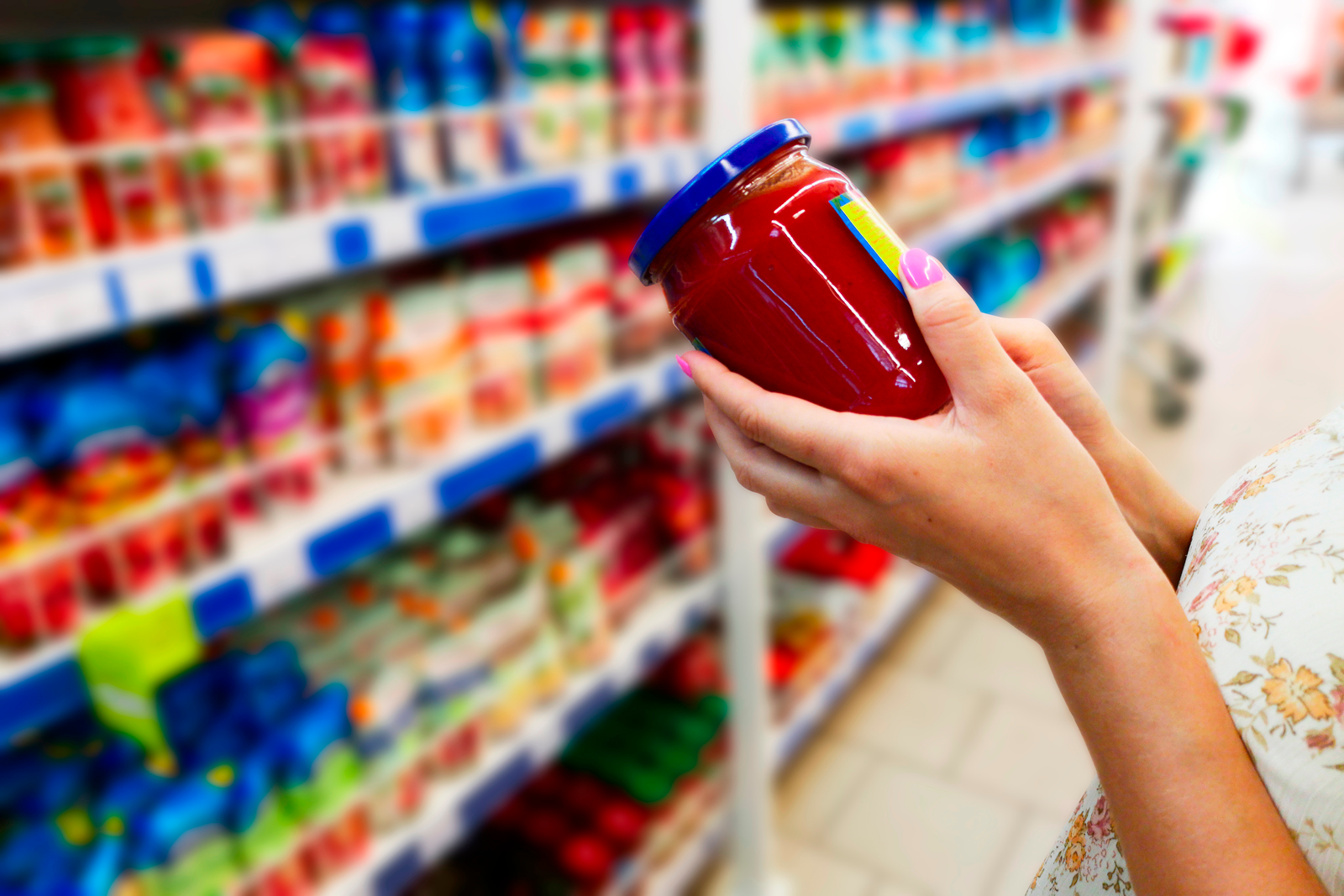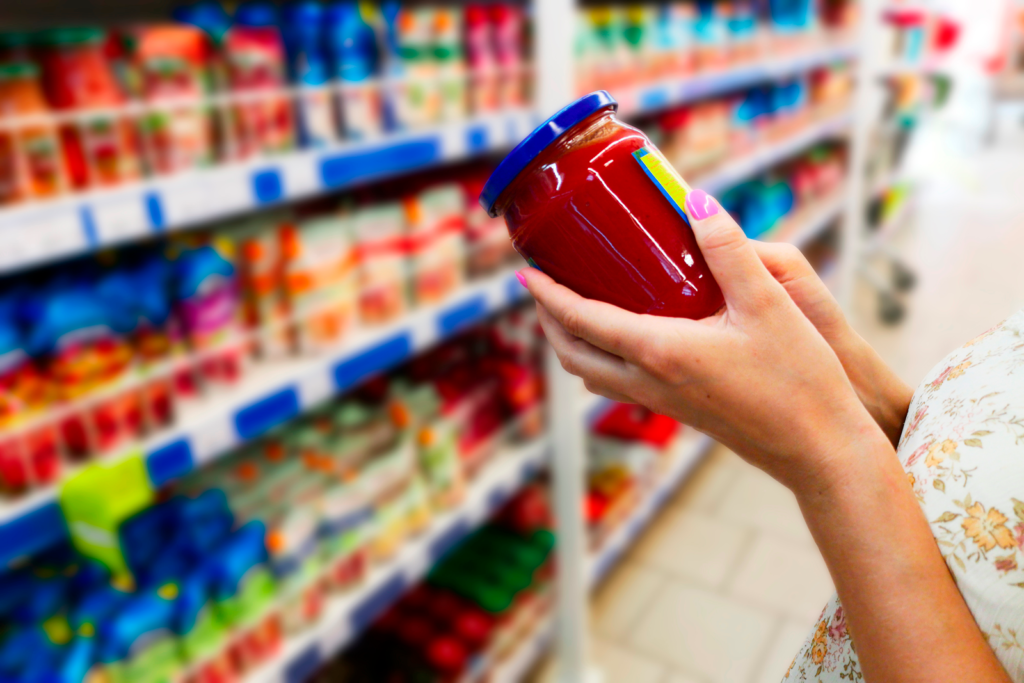
Image: Adobe Stock
Every month, FAO publishes the Price Index, which shows fluctuations in the main agricultural commodities; variation is not always felt by end consumers.
Since reaching an all-time high in March 2022, with the start of the war in Ukraine, the Food and Agriculture Organization of the United Nations (FAO) Price Index has been falling month after month.
{module Form RD}
However, consumers don't necessarily feel the drop hitting the supermarket shelves. To understand the correlation and apparent lack of passing on the reduction to the consumer, UN News spoke to experts in Chile and Brazil.
Commodities and products
FAO's regional representative for Latin America and the Caribbean, Mario Lubetkin, highlighted to UN News, from Santiago de Chile, that it is important to note that the published values refer to the raw product, generally traded on a large scale and that they are just one factor of the price composition of the food chain.
“The first thing to know is all the factors that influence prices. In the logic of supply and demand for food products. Today, there is a combination of three factors that do not seem to be related to the price […], it is climate change that is really starting to weigh heavily on the agricultural area and the war in Ukraine.”
He adds that factors such as energy and fuel contribute to price fluctuations. Furthermore, climate and geopolitical issues have also been dictating changes in product values.
However, in the Latin America and Caribbean region, the issue of agricultural inputs with the war in Ukraine also directly affects the price of food products. This is because the region has a strong dependence on Russian imports.
“You know that Latin America and the Caribbean is a fertilizer-dependent region. Almost 85% of the fertilizers used in the region are imported. And if you evaluate where they come from, 18% are from Russia, especially the nitrogen ones. […] In other words, these are strong numbers to understand that when the price changes and when the product leaves where it is produced until it reaches Latin America, you understand that there are many external factors that today have a strong relationship.”´
Grains and human consumption
Agricultural Commodities analyst, Geraldo Isoldi, told UN News, from São Paulo, that a large part of the so-called commodities are goods that have not yet received the necessary treatment for human consumption.
He adds that some grains, such as soybeans and corn, are sold for animal feed and do not reach common points of sale to the public, but they influence the price of proteins.
“If you have a very sudden change in wheat prices, for example, it will obviously have a direct impact on the price of most foods in supermarkets. If you have a very sudden change in corn prices, this will affect the price of animal protein. So, you already have the impact on both carbohydrates and proteins. Meat has a more direct impact, a fluctuation in the price of beef, for example, will have a more direct impact on the price of meat sold in the supermarket”
In this way, at each step of the food chain, food is improved and increases in price. When arriving at points of sale, they reflect not only the price index, but all the other complexities of the process between the farm and people's plates.
Tendencies
Regarding trends, Mario Lubetkin states that a series of factors must be taken into consideration to create a future scenario, including aspects of each country's internal market, such as inflation and currency devaluation.
Overall, he assesses that the continuation of the Black Sea Initiative is key to avoiding a new strong increase in prices. However, with an unstable moment, the FAO representative in Latin America and the Caribbean states that countries in the region have been seeking to prepare for the global food crisis.
Obesity and hunger
He notes that, according to studies by the UN agency, the region has the highest cost of healthy eating in the world. To achieve a good diet, Latin Americans and Caribbeans spend around US$ 3.89 per person per day, while the world average is US$ 3.54.
The FAO representative highlighted that the global issue with the food crisis, the region could have up to 56 million people in a situation of hunger.
Furthermore, he highlights that the difficulty in accessing good food has made the Latin American population face another problem: obesity.
According to Mário Lubetkin, 24% of Latin Americans are overweight, of which 7.5% are children.
Source: datagro











